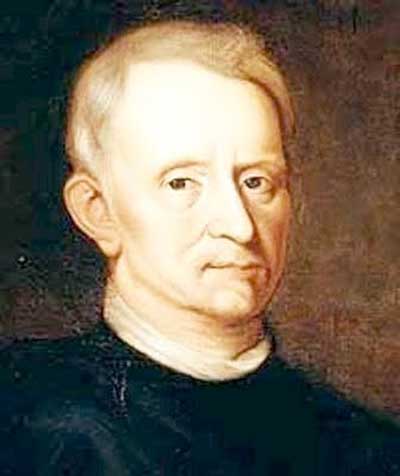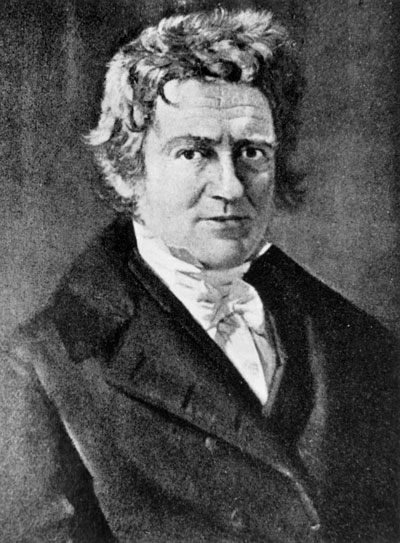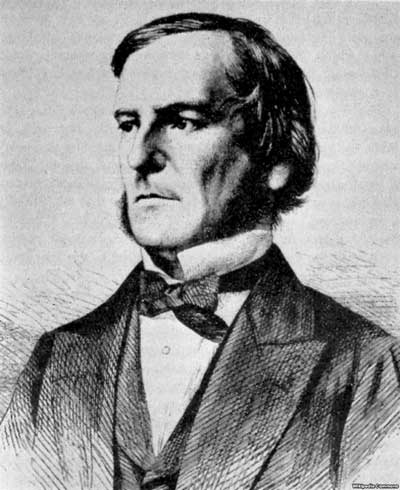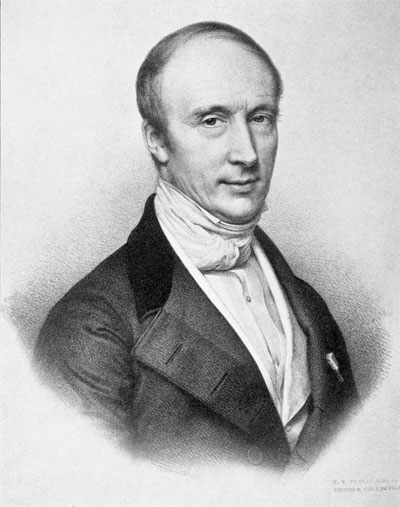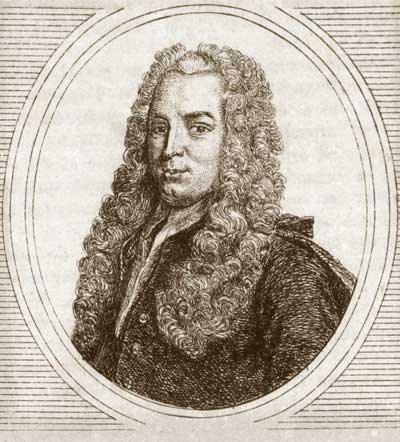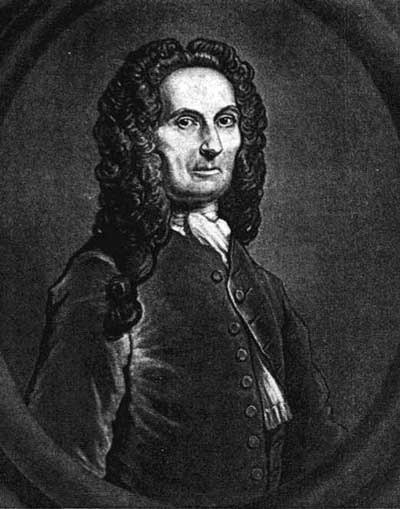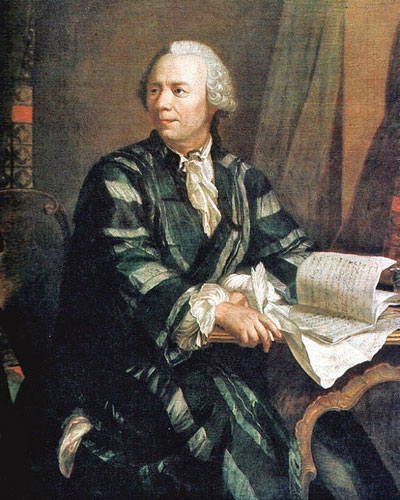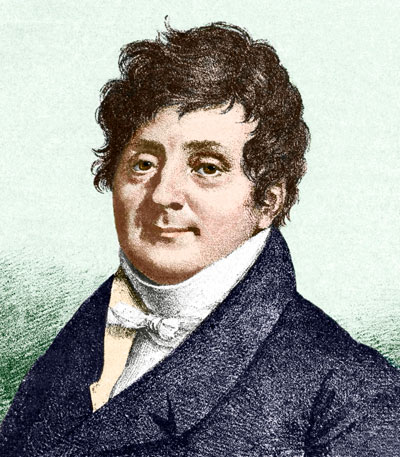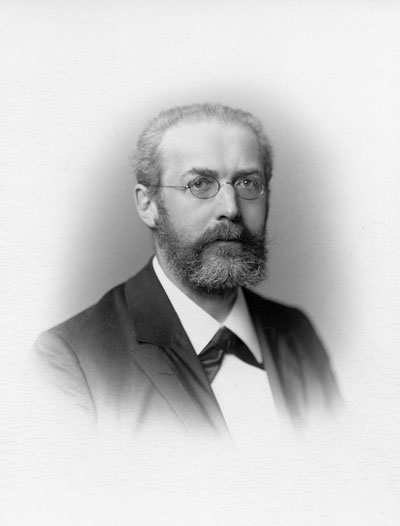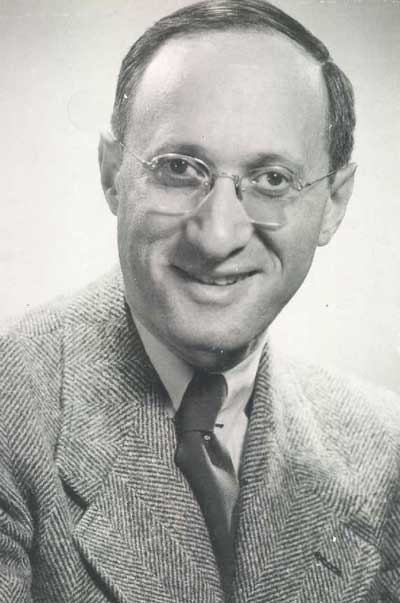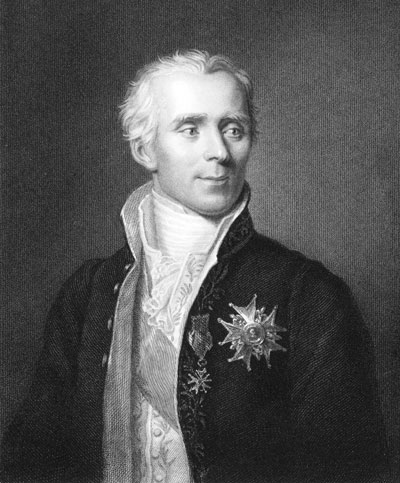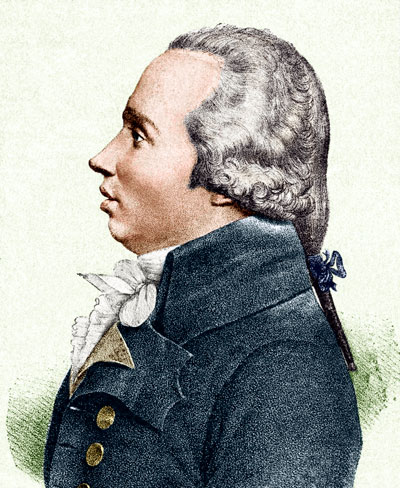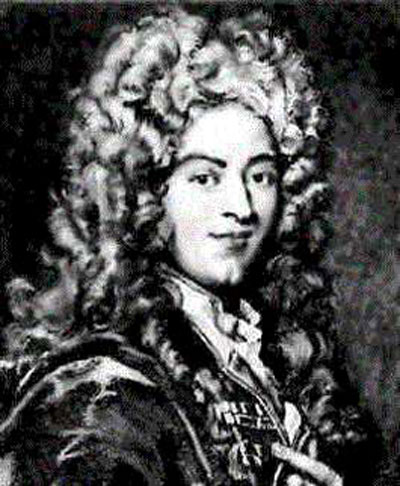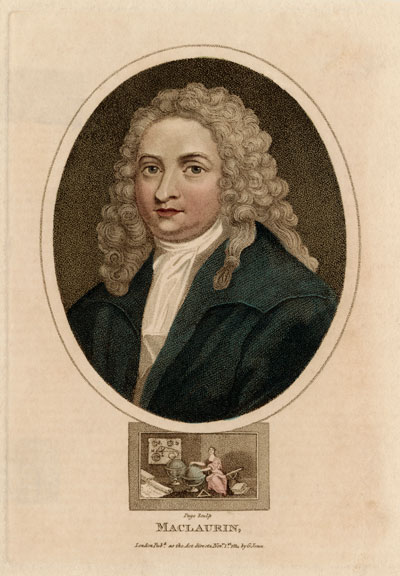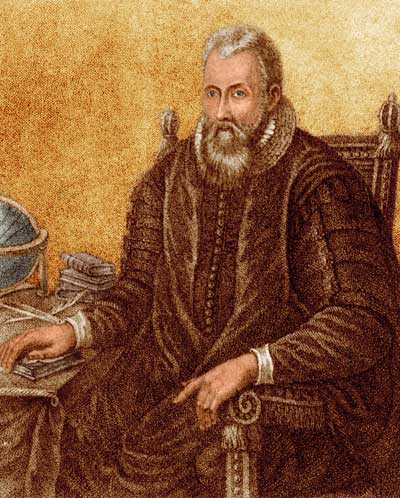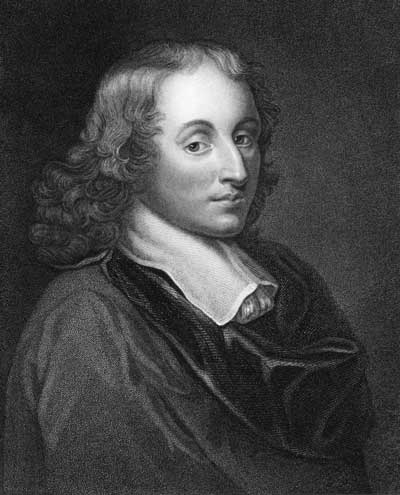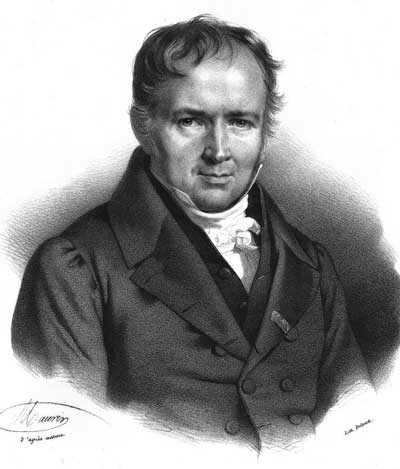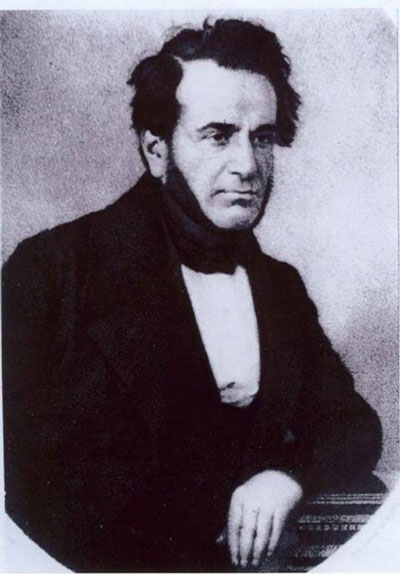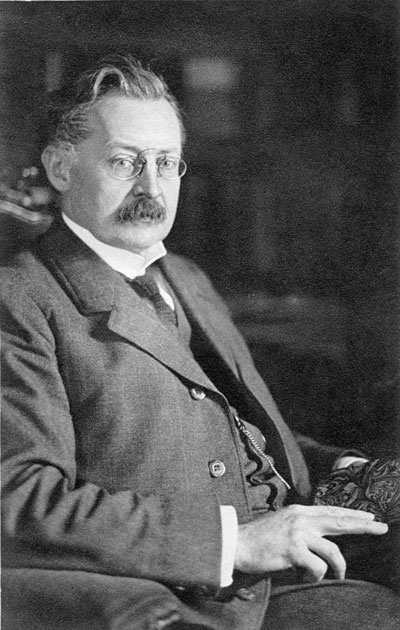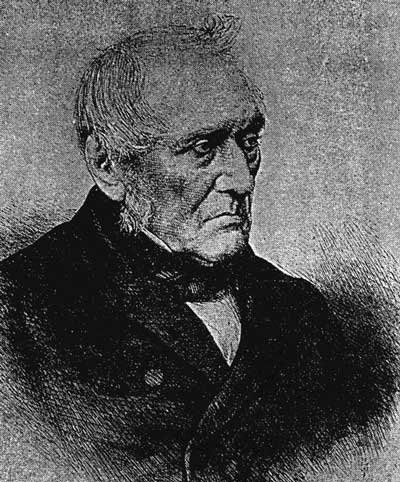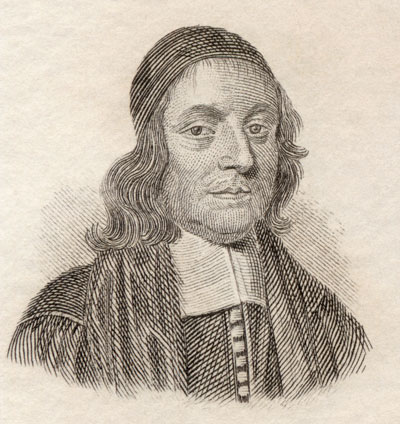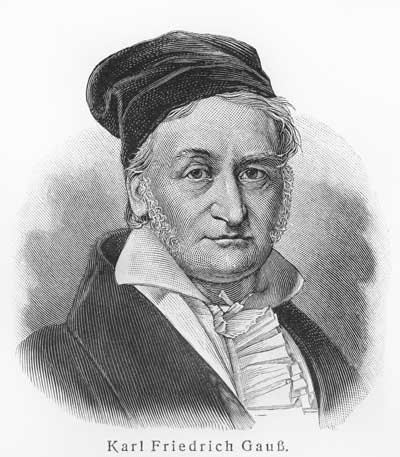
Johann Carl Friedrich Gauss (30 April 1777 – 23 February 1855) was a German mathematician and physical scientist who contributed significantly to many fields, including number theory, statistics, electrostatics, astronomy and optics.
In 1796 Gauss discovered a construction of the heptadecagon, and, simplified manipulations in number theory. He also became the first to prove the quadratic reciprocity law. This law allows mathematicians to determine the solvability of any quadratic equation in modular arithmetic.
Gauss also made important contributions to number theory with his 1801 book Disquisitiones Arithmeticae, which introduced the symbol ≡ for congruence and used it in a clean presentation of modular arithmetic, contained the first two proofs of the law of quadratic reciprocity, developed the theories of binary and ternary quadratic forms, stated the class number problem for them, and showed that a regular heptadecagon (17-sided polygon) can be constructed with straightedge and compass.
The discovery of Ceres led Gauss to publish his theory of the motion of planetoids disturbed by large planets. This introduced the Gaussian gravitational constant, and contained an influential treatment of the method of least squares, a procedure used to this day in order to minimize the impact of measurement error. Gauss proved the method under the assumption of normally distributed errors.
In 1818 Gauss carried out a geodesic survey of the Kingdom of Hanover, linking up with previous Danish surveys. To aid the survey, Gauss invented the heliotrope, an instrument that can be used to measure positions by using a mirror to reflect sunlight over great distances.
In 1831 Gauss developed a fruitful collaboration with the physics professor Wilhelm Weber, leading to new knowledge in magnetism and the discovery of Kirchhoff's circuit laws in electricity. They constructed the first electromechanical telegraph in 1833, which connected the observatory. He died in Göttingen, Germany in 1855.
